VANCOUVER – University of British Columbia (UBC) researchers have discovered what they are calling a “unique nerve structure” in the mouth and tongue of rorqual whales – the largest of the baleen whales. These nerves can double in length and then recoil like a bungee cord.

They allow the whales, including the blue whale and the fin whale, to balloon up and create an immense pocket between their body wall and blubber to capture their prey.
“This discovery was totally unexpected and unlike other nerve structures we’ve seen in vertebrates, which are of a more fixed length,” says Wayne Vogl of UBC’s Cellular and Physiological Sciences department, in a release.
“The rorquals’ bulk feeding mechanism required major changes in anatomy of the tongue and mouth blubber to allow large deformation, and now we recognize that it also required major modifications in the nerves in these tissues so they could also withstand the deformation.”
In the whales, the nerves are packaged inside a central core in such a way that the individual nerve fibers are never really stretched, they just unfold. If a human nerve stretches, it damages it.

Get breaking National news
“Our next step is to get a better understanding of how the nerve core is folded to allow its rapid unpacking and re-packing during the feeding process,” says UBC zoologist Robert Shadwick.
Researchers say this discovery underscores how little humans know about even the basic anatomy of the largest animals in the oceans today.
The researchers don’t know yet if anything similar will turn up in other animals, like the ballooning throats of frogs or the long and fast tongues of chameleons.
The findings are reported in Current Biology. The specimens researchers studied were obtained at a commercial whaling station in Iceland.


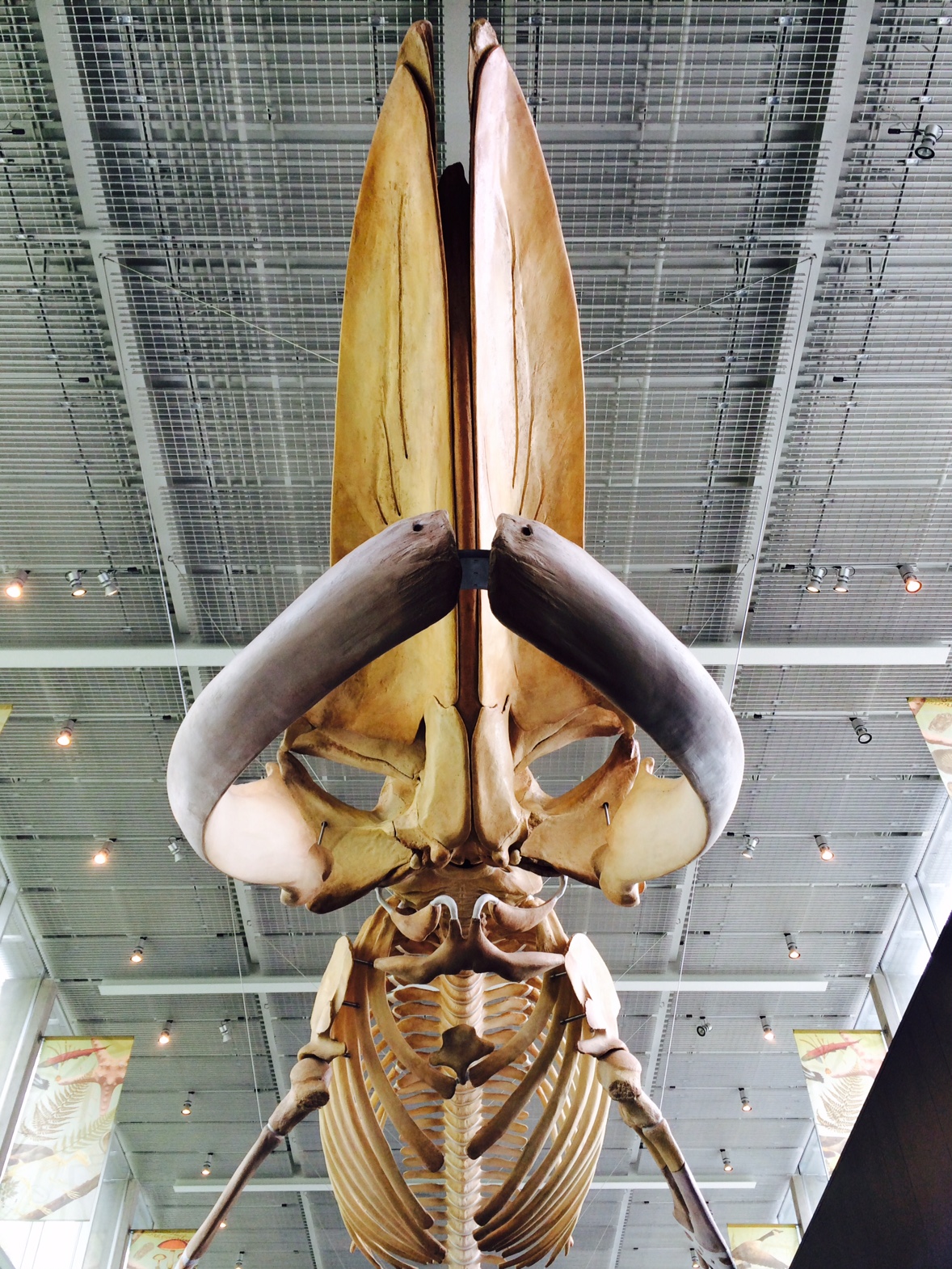

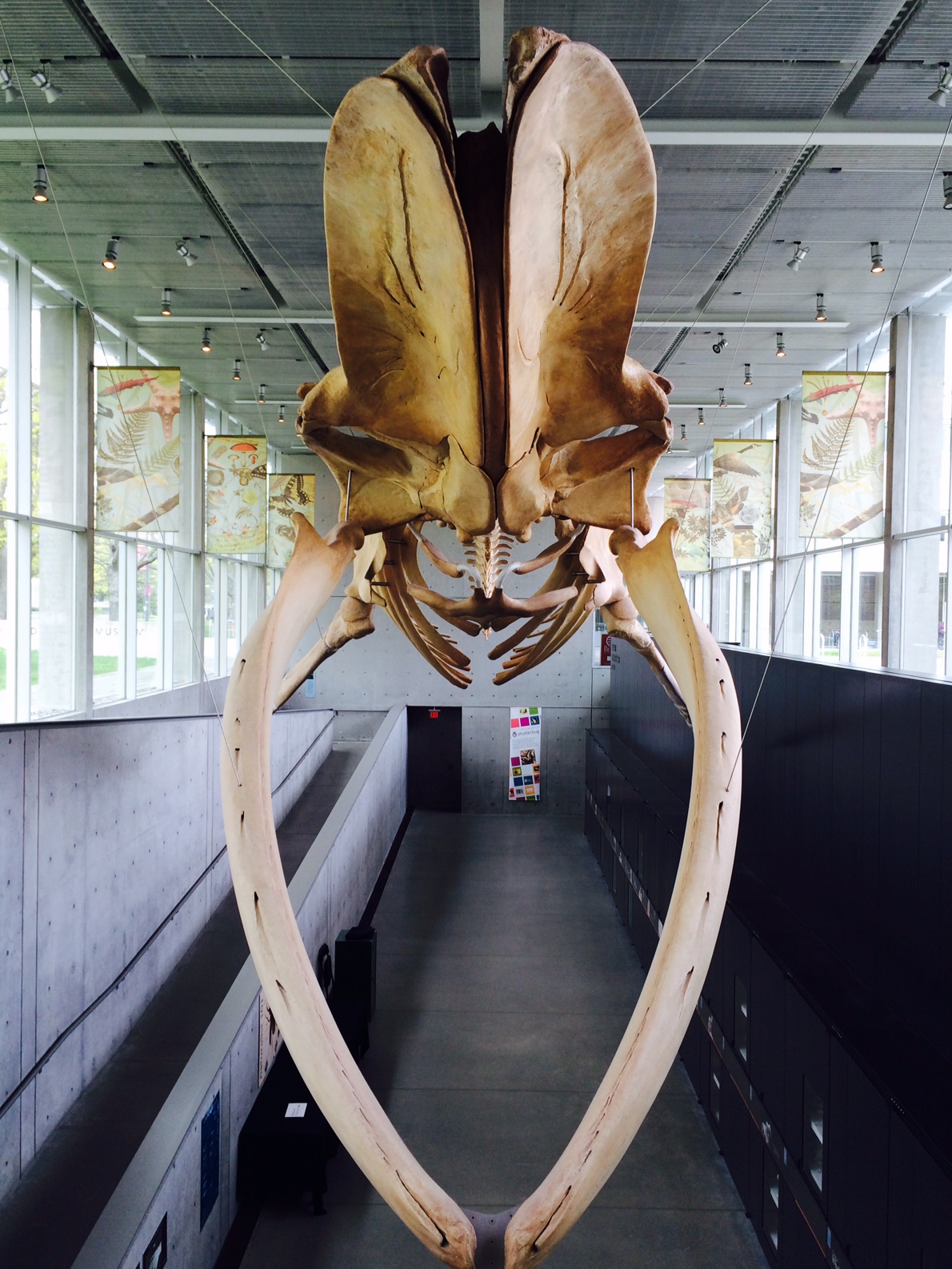

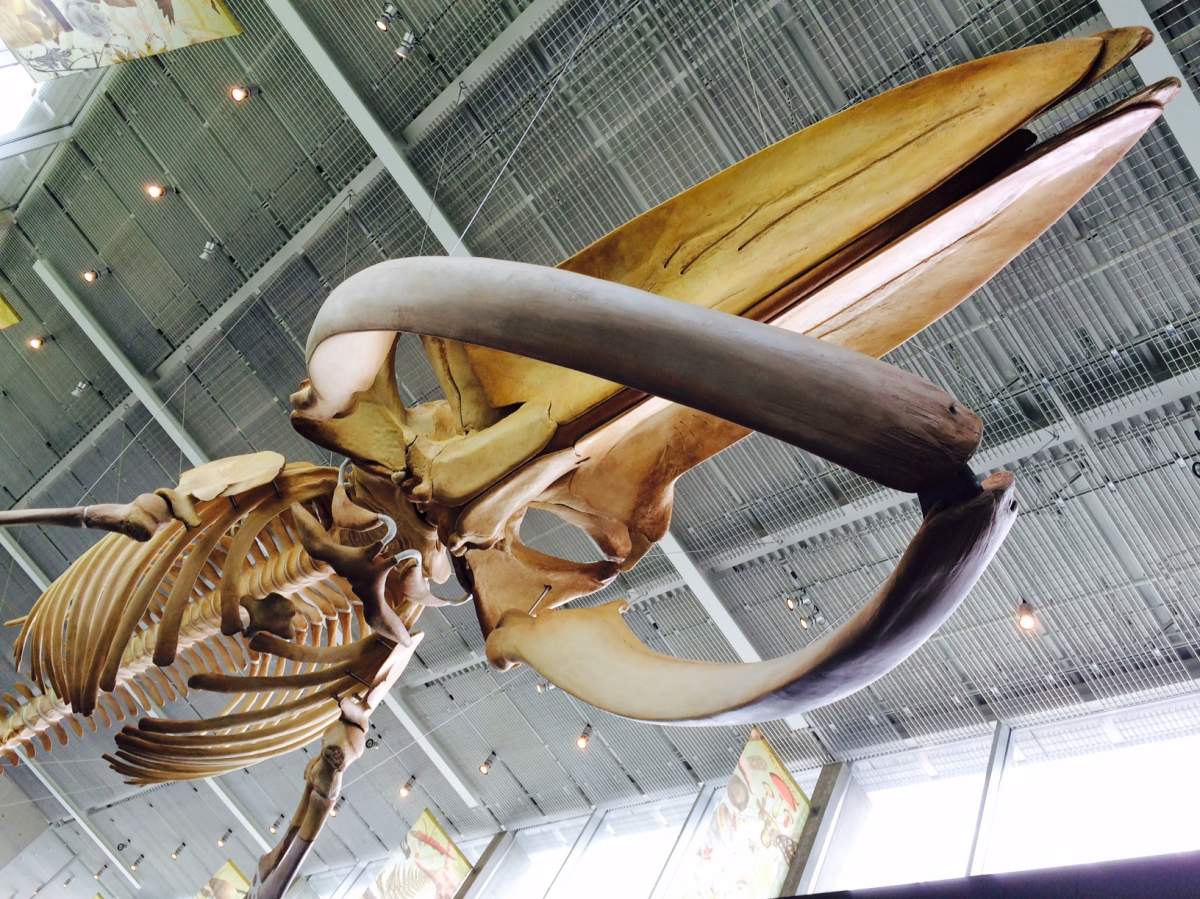

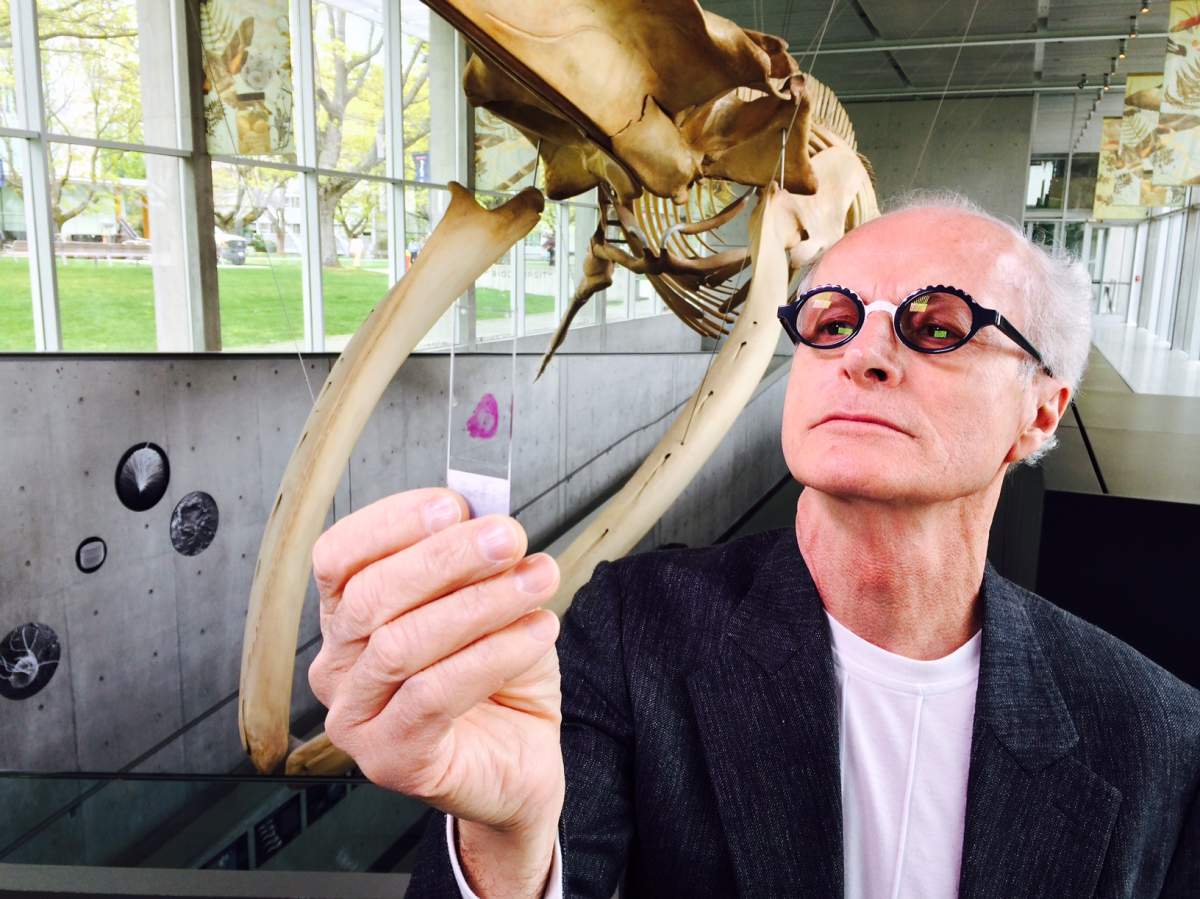

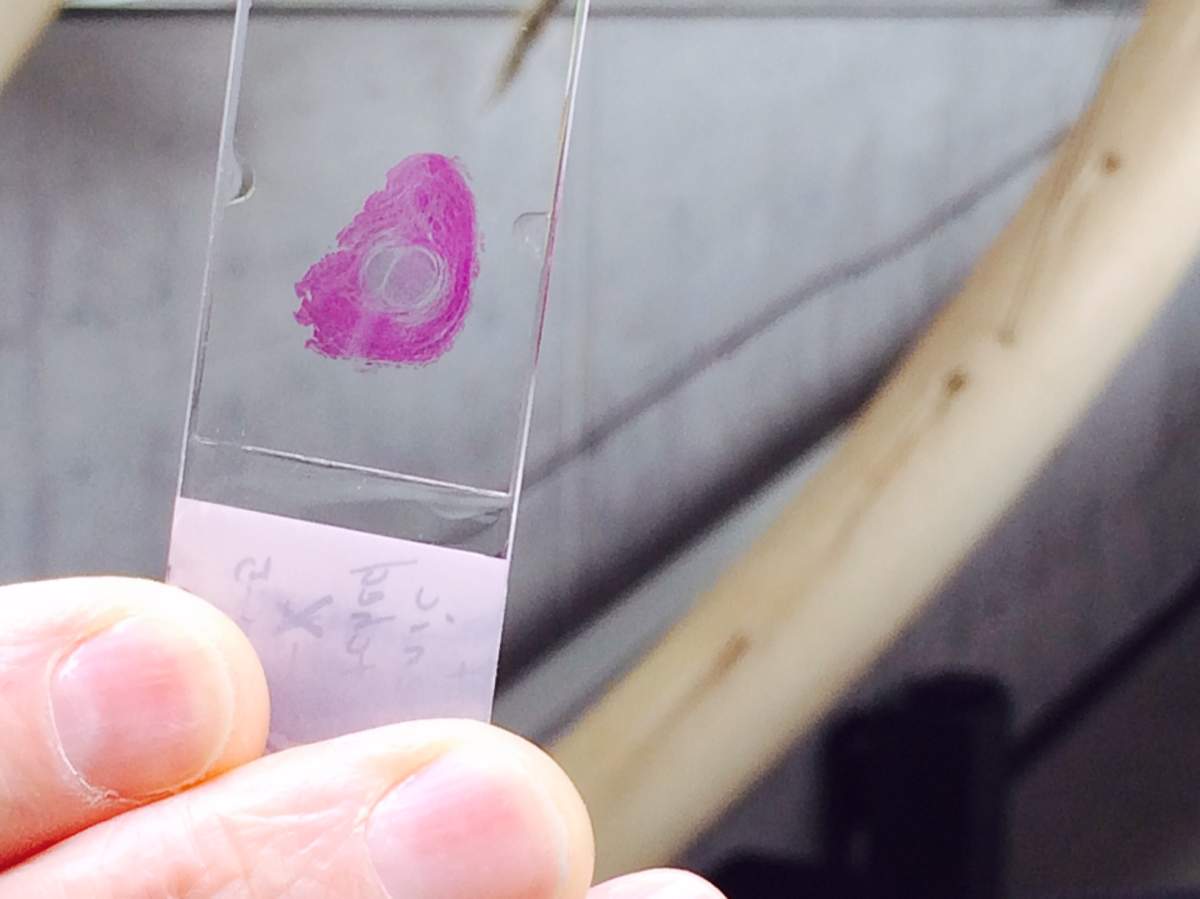






Comments